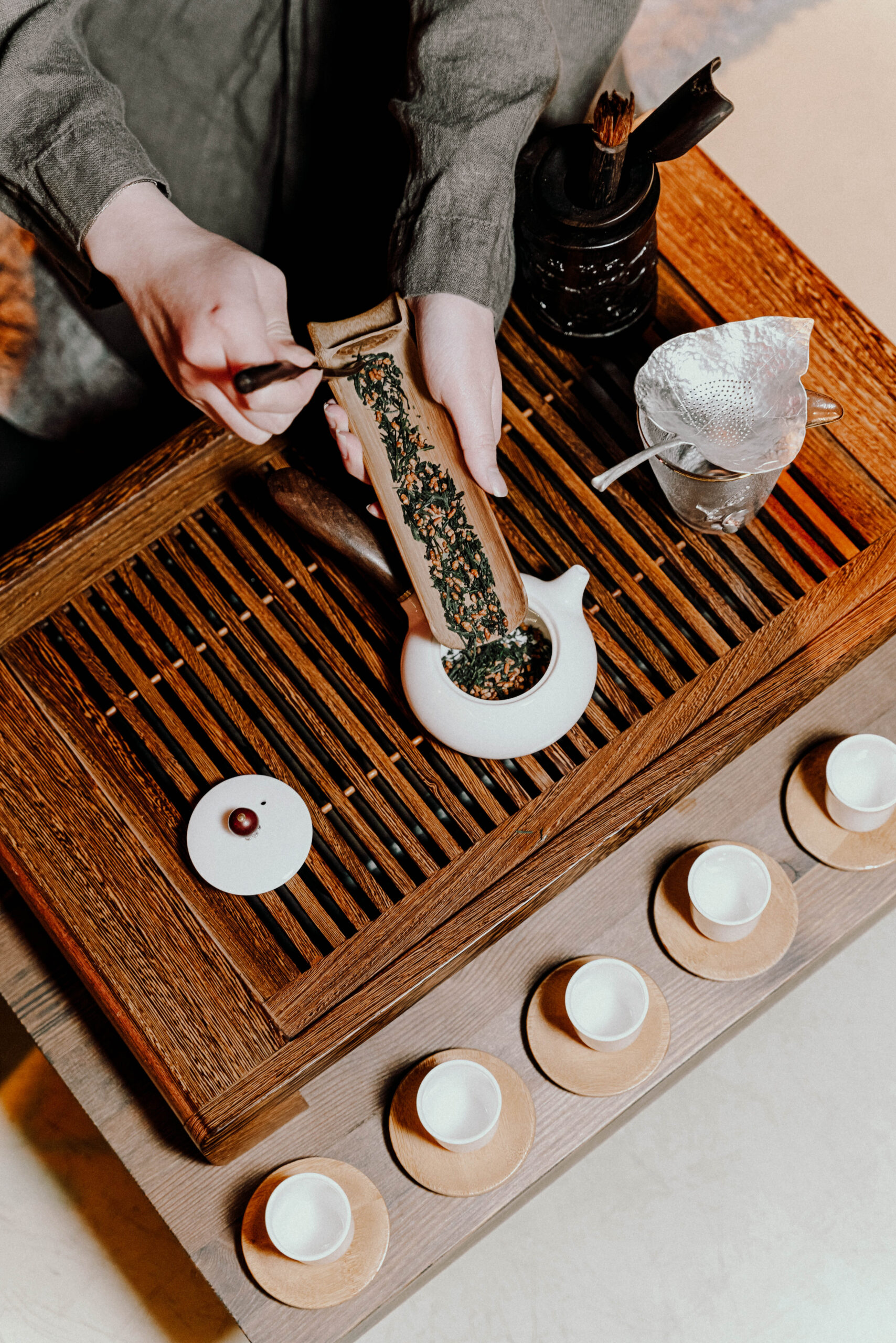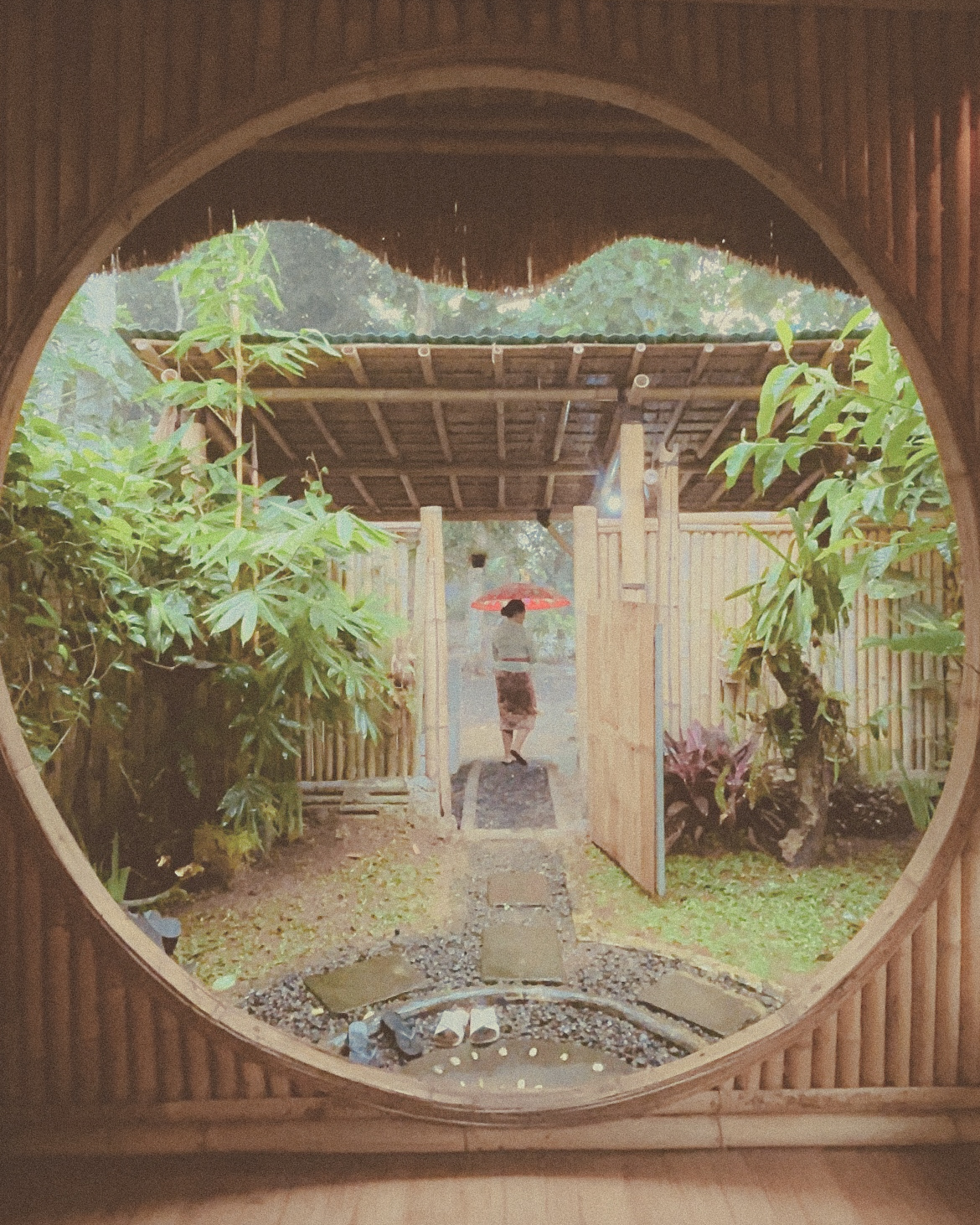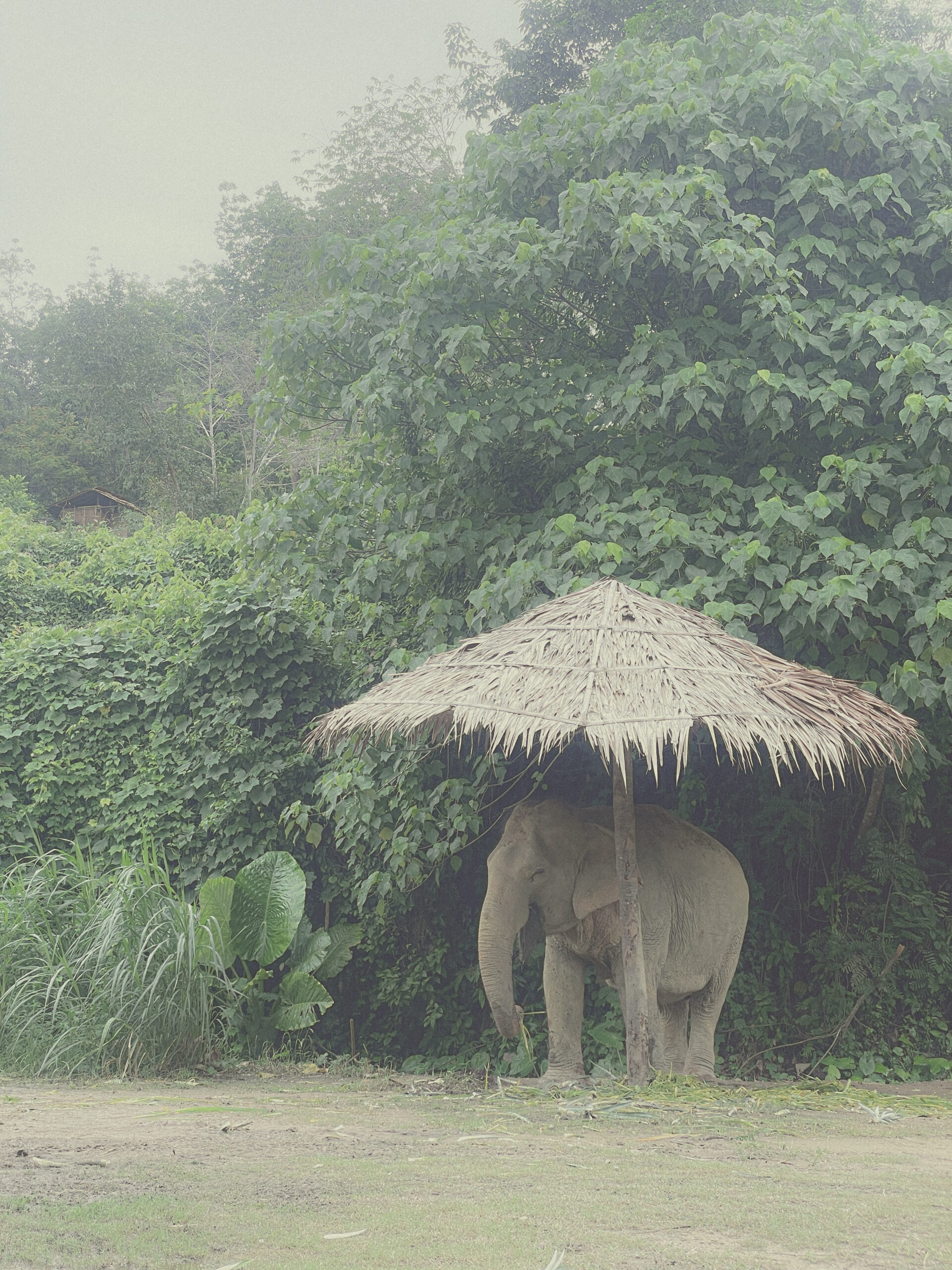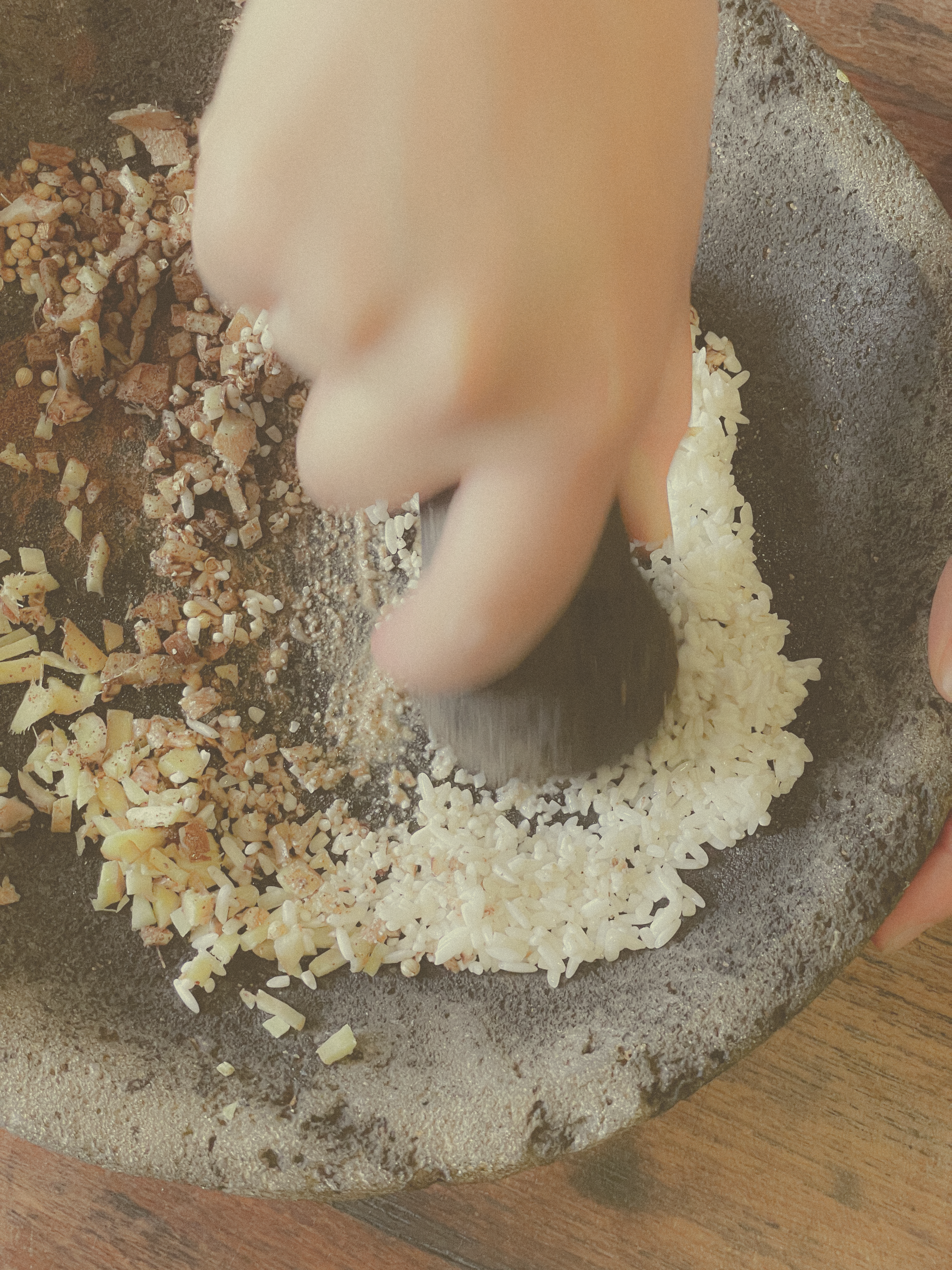Your Guide to Japanese Tea Ceremonies
One of the best ways to engage in conscious travel practices is to make time for some cultural experiences while you’re away. When traveling to Japan, if there’s one cultural activity that absolutely shouldn’t be missed, it’s the Japanese Tea Ceremony. Whether or not you enjoy the earthy taste of a cup of matcha, a tea ceremony can teach you about Japanese culture alongside some important lessons on conscious living.
Significance and Meaning
Japanese tea ceremonies, also known as Chanoyu or Chado, are a traditional and highly ritualized way of preparing and serving tea. They are a key part of Japanese culture and have been practiced for centuries as a way to promote harmony, respect, and tranquility.
The Japanese tea ceremony is not just about drinking tea, but about creating a sense of harmony and connection between the participants. It’s a slow ritual that is said to harness the power of zen, it’s a true conscious living experience.
Each element of the ceremony, from the careful preparation of the tea to the way the utensils are laid out, is infused with symbolic meaning and is meant to promote a sense of mindfulness and tranquility.
The tea ceremony is also a way of expressing gratitude and respect, both to the guests and to the natural world. The emphasis on simplicity and humility is meant to remind participants of the fleeting nature of life and the importance of cherishing the present moment.
Japan x Tea Ceremonies
While it is primarily practiced in Japan, it is not exclusive to Japan and has been embraced by people around the world.
In Japan, there are many schools of tea ceremony, each with its own unique style and philosophy. These schools have traditionally been exclusive and require years of training and practice to master. However, in recent years there has been a growing movement to make the tea ceremony more accessible and inclusive and to share its beauty and significance with a wider audience.
Outside of Japan, the tea ceremony has become popular in many countries around the world, and there are many schools and practitioners who have adopted the practice to their own cultural and aesthetic traditions. While these adaptations may differ in some respects from the traditional Japanese tea ceremony, they still embody the same principles of harmony, respect, and mindfulness.
Elements of the Tea Ceremony
The Japanese tea ceremony involves a series of highly choreographed and symbolic actions, which are meant to create a sense of harmony and tranquility among the participants. Here are some of the key elements of a typical tea ceremony:
Preparation:
Before the ceremony begins, the host cleans and prepares the tea room, arranging the tea utensils (explained below) and other objects in a precise and deliberate manner.
Invitation:
The guests are then invited into the tea room, and must remove their shoes and bow before entering.
Tea preparation:
The host prepares the tea by carefully measuring the tea leaves, boiling the water, and whisking the tea with a bamboo whisk. The tea is then poured into individual bowls and presented to the guests.
Drinking the tea:
The guests take turns drinking the tea, holding the bowl with both hands and bowing to the other guests before and after drinking.
Conclusion:
Once everyone has finished their tea, the host cleans the utensils and the guests are free to admire the tea room and chat with one another.
The Objects in a Tea Ceremony
Here are some of the key objects you would typically find in a traditional Japanese tea ceremony:
Chawan (tea bowl):
The chawan is a ceramic bowl used to hold and drink the tea. It is typically handmade and comes in various shapes and sizes, each with its own unique characteristics.
Chasen (bamboo whisk): The chasen is a bamboo whisk used to mix and froth the tea. It is made of a single piece of bamboo and has many fine tines.
Chashaku (bamboo scoop): The chashaku is a bamboo scoop used to measure the tea leaves. It is typically made from a single piece of bamboo and has a curved shape.
Kensui (waste water bowl): The kensui is a ceramic bowl used to dispose of the wastewater generated during the tea-making process.
Furo (portable brazier): The furo is a portable brazier used to heat the water for the tea. It is typically made of clay or metal and is filled with charcoal.
Mizusashi (water jar): The mizusashi is a ceramic jar used to hold the cold water used to refill the kettle during the tea ceremony.
Kama (kettle): The kama is a cast-iron kettle used to heat the water for the tea. It is typically placed on the furo and heated over charcoal.
Hishaku (water ladle): The hishaku is a bamboo ladle used to scoop water from the mizusashi and pour it into the kettle.
Chabana (tea flowers): The chabana is a simple flower arrangement that is often displayed in the tea room. It is meant to represent the beauty of nature and to create a sense of harmony and tranquility.
Each of these objects plays a specific role in the tea ceremony, and the way they are used and arranged is carefully choreographed to create a sense of harmony and balance. Together, they form a beautiful and deeply meaningful ritual that has been practiced for centuries and continues to be an important part of Japanese culture today.
Going to A Tea Ceremony in Japan:
In Japan, it is not always easy to get invited to a traditional tea ceremony. Tea ceremonies are often hosted in private homes or in tea houses that are affiliated with a particular tea ceremony school, and invitations are usually extended to close friends, family members, or members of the tea ceremony community.
That being said, there are some ways to increase your chances of being invited to a tea ceremony in Japan:
Join a tea ceremony group: Joining a tea ceremony group or club can be a great way to meet people who are involved in the tea ceremony community and to learn more about the practice. These groups often hold regular tea ceremonies and may be open to new members or guests.
Attend public tea ceremonies: Many temples, museums, and cultural centers in Japan hold public tea ceremonies that are open to the public. Attending one of these ceremonies can be a good way to learn more about the practice and to meet people who are involved in the tea ceremony community.
Take a tea ceremony class: Taking a tea ceremony class can be a great way to learn more about the practice and to meet people who are involved in the tea ceremony community. Many tea ceremony schools and tea houses offer classes that are open to the public.
Make connections: If you have friends or acquaintances who are involved in the tea ceremony community, they may be able to introduce you to other practitioners and help you get invited to a tea ceremony.
It is important to note that the tea ceremony is a deeply traditional and formal practice, and it is important to show respect for the culture and customs of the tea ceremony community when attending.
If you’re trying to go the personal connection route to attending a tea ceremony it is important to be patient and persistent in your efforts to get invited to a tea ceremony, as invitations are rare and often only extended to close friends and family.
If you’re only in Japan for a short time, don’t bank on an invitation, rather sign up for a tea ceremony hosted by a local:











